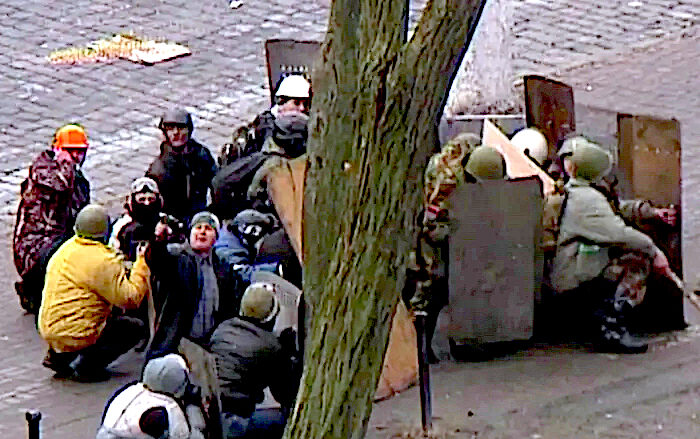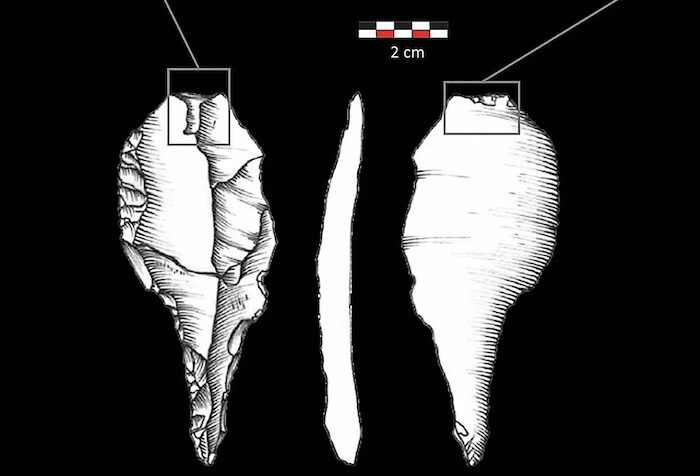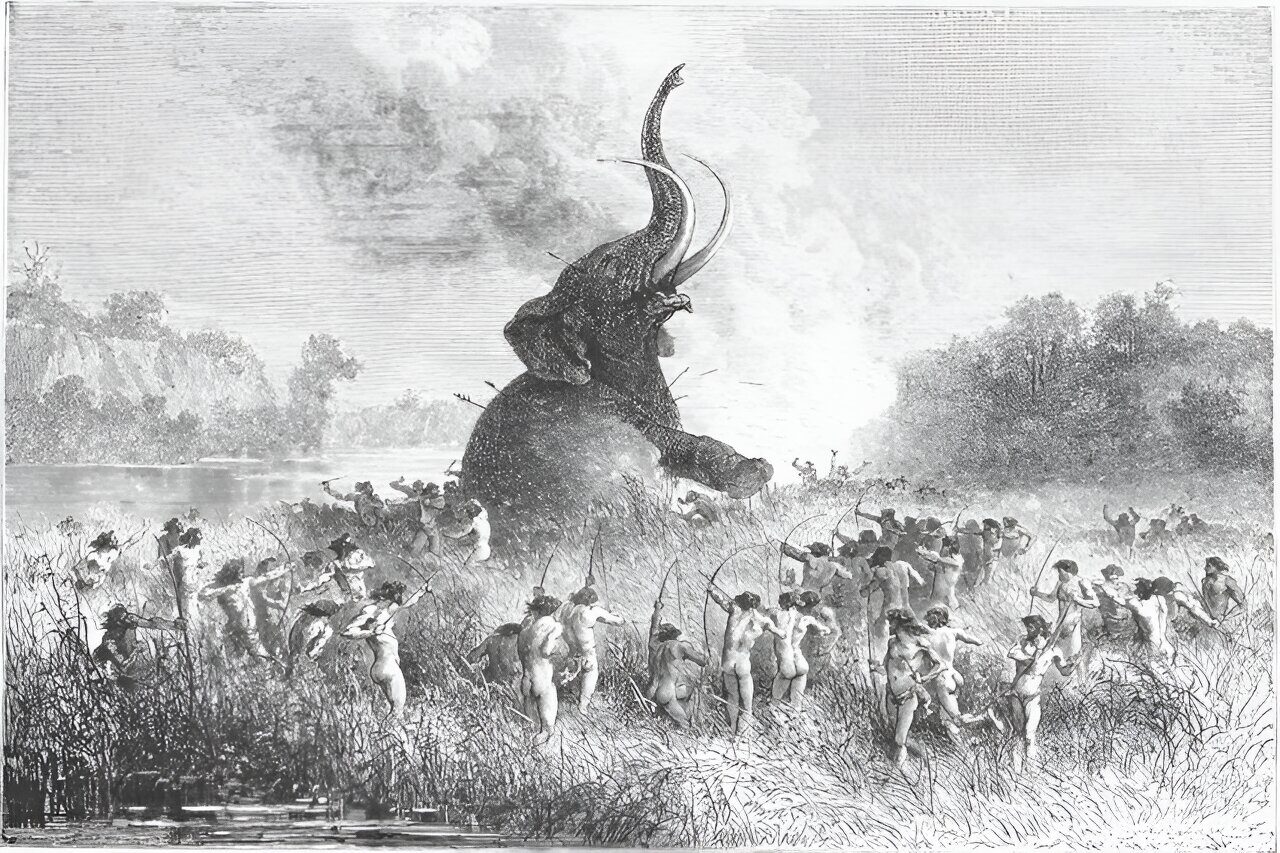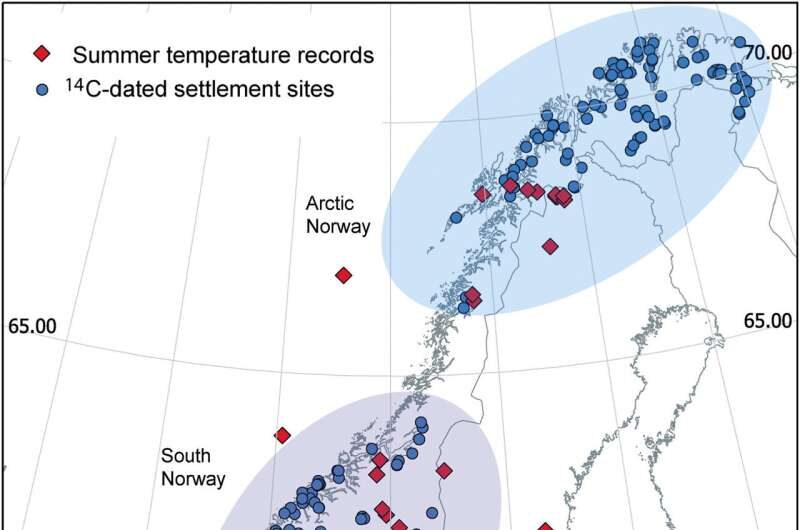
© vrtStreet barricade
A massacre of protesters during the 2014 Maidan coup set the stage for the ouster of Ukraine's elected president, Viktor Yanukovych. Now, an explosive trial in Kiev has produced evidence the killings were a false flag
designed to trigger regime change.Two police officers charged with the mass shooting of opposition protesters in Kiev's Maidan Square in 2014 have been released after a Ukrainian court determined
the fatal shots in the infamous massacre were fired from an opposition-controlled building.On October 18, 2023, Ukraine's Sviatoshyn District Court determined that
of the five officers on trial, one would be acquitted outright, while another was sentenced to time served for alleged "abuse of power."
The remaining three, who no longer live in Ukraine,
were convicted in absentia on 31 counts of murder and 44 counts of attempted murder. This, under a Supreme Court opinion
stipulating suspects can be held collectively responsible for the actions of a group deemed criminal.
The verdict means
no one will face jail time, or be in any way punished for their alleged role in the infamous Maidan massacre, which saw over 100 protesters killed, triggered an avalanche of international condemnation and led directly to the downfall of President Viktor Yanukovych, who fled the country mere days later.





Comment: Recent discoveries have revealed extensive trade networks across vast swathes of the planet in the Bronze Age, and early Medieval Age, and which were previously thought to have been improbable.
At the same time, with regards to certain symbolism, there is data showing that it may have been inspired by people observing phenomena in the skies, and sometimes the slight differences to similar symbols has been shown to be due to the oberserver's geographic location and thus their vantage point: Depicting plasma? Ancient 'mantis-man' petroglyph discovered in Iran